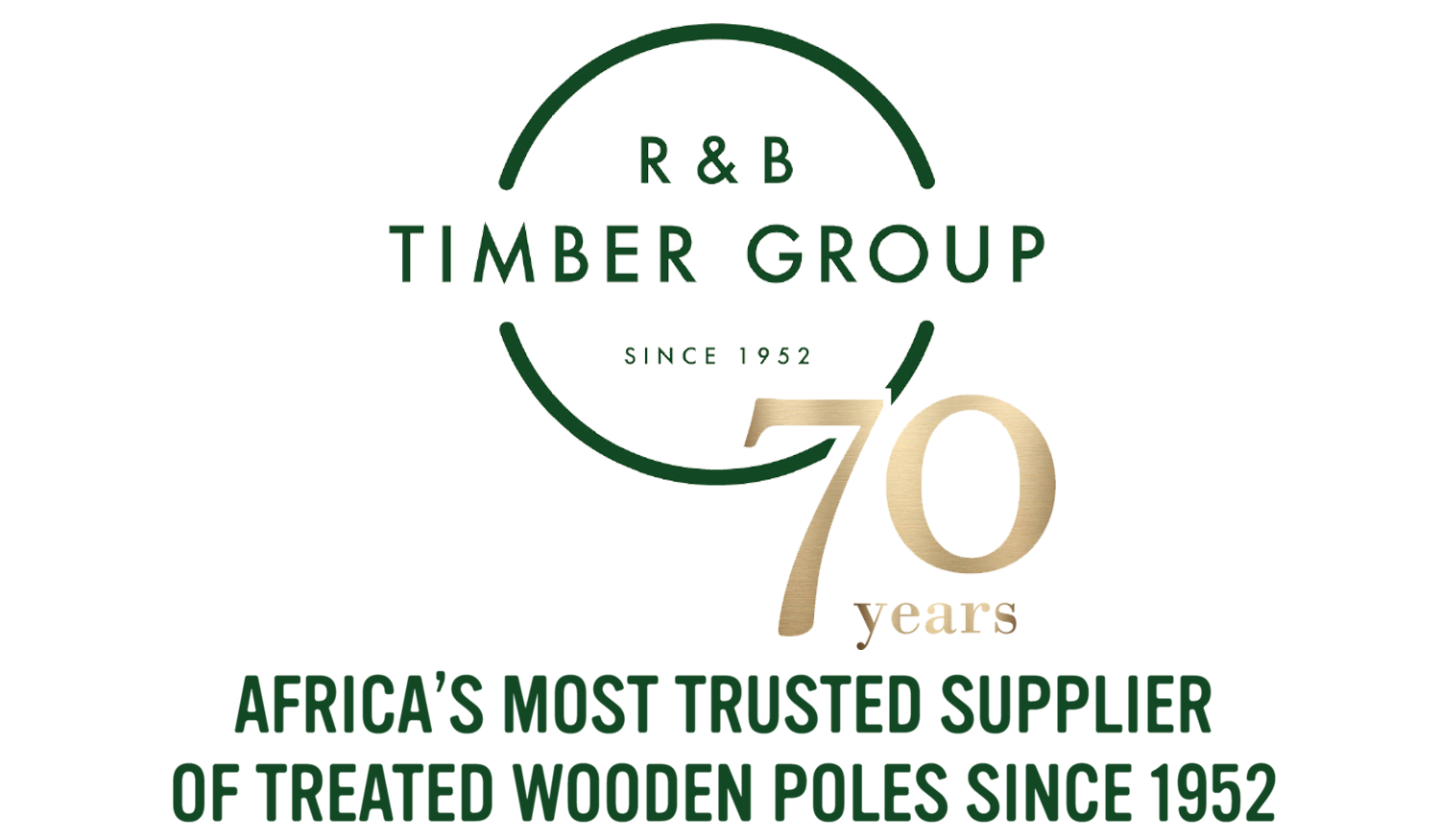The Best Fencing Solutions For Game Farms And Game Lodges
South Africa’s game farms and game lodges and internationally renowned for their beauty, abundance of wildlife, and each year bring tourists from around the globe to explore the scenic variety our country offers.
However, much thought needs to go into the design and layout of such farms or lodges, to ensure that enviornmentally appropriate fencing and borders can be established to both protect indigent wildlife while at the same time ensuring the safety and comfort of guests.
What are some of the most common timber fencing applications on game farms?
Game fencing with wooden posts and wire mesh:
This type of fencing involves using sturdy wooden posts with wire mesh or high-tensile game fencing. The wooden posts are typically treated to withstand weather conditions and resist decay.
Post and rail fencing
Post and rail fencing is a popular choice for game farms and lodges due to its rustic appearance and durability. It consists of horizontal rails attached to vertical wooden posts. This type of fencing provides good visibility while maintaining the perimeter security.
Split rail fencing:
Split rail fencing is another option for game farms and lodges. It is made from split wooden logs or rough-hewn timber, which gives it a natural and rustic appearance. Split rail fences are primarily used for boundary marking rather than for security purposes.
Picket fencing:
Picket fences can be an aesthetically pleasing option for game farms and lodges. They are typically made from wooden pickets attached to horizontal rails. While picket fences may not offer high security, they can be used for enclosing specific areas within the property.
Electrified fencing:
Electrified fencing can be combined with timber fencing to enhance security. It involves installing an electric wire along the top or through the fence to deter animals from attempting to breach it. This option is commonly used in areas with high predator pressure.
It's important to consider the specific needs of your game farm or lodge when choosing a timber fencing solution. Factors such as the type of game, security requirements, budget, and aesthetic preferences should be taken into account. Consulting with fencing professionals or contractors who specialize in game fencing can provide you with tailored advice based on your unique circumstances.
What should game farms or lodges consider when designing their timber fencing systems or enclosures?
Animal species and behavior concerns:
The specific species of game animals and their behavior patterns should be thoroughly understood. Different animals have different abilities to jump, climb, or dig, which can affect the height and design of the fencing. Consider the size, agility, and behavior of the animals when determining the appropriate fencing specifications.
Game farms need to protect the animals from predators and potential risks. The fencing design should consider the local predator population and their capabilities. High-security fencing, such as electrified fencing or predator-proof enclosures, may be necessary in areas with significant predator pressure.
The height of the fence should be sufficient to prevent animals from jumping over it. It should also be strong enough to withstand the force of the animals without getting damaged. The fence height and strength requirements will vary based on the animal species being managed.
Ensure that the fencing design allows for easy access to water sources and feeding areas for the animals. Consider incorporating gates or openings that facilitate feeding and maintenance activities.
Visibility, aesthetics and configuration
Game farms often prioritize visitor experience and wildlife viewing. Consider using fencing materials that do not obstruct visibility, such as wire mesh or open-style designs, to allow visitors to observe the animals without visual barriers.
The size of enclosures should provide ample space for the animals to roam, graze, and exhibit natural behaviors. Consider the number of animals, their social dynamics, and the need for separate breeding or quarantine areas when determining enclosure sizes and configurations.
Maintenance and long-term planning
Choose fencing materials that are durable, weather-resistant, and require minimal maintenance. Properly treated timber or other long-lasting materials can help ensure the longevity of the fences and reduce maintenance costs
Familiarize yourself with local regulations and environmental requirements for game farms and fencing. Obtain the necessary permits and ensure compliance with regulations regarding fence placement, setback distances, and environmental impact.
Consider your budget constraints and long-term goals when designing fencing and enclosures. Balancing cost-effectiveness with the specific needs of the animals is crucial for sustainable and successful game farm management.
Contact R&B Timber Group
R&B Timber Group is an acclaimed processor and manufacturer of treated timber poles with a vast footprint throughout the African continent. To further discuss and evaluate your game lodge or game farm needs, contact us today!
